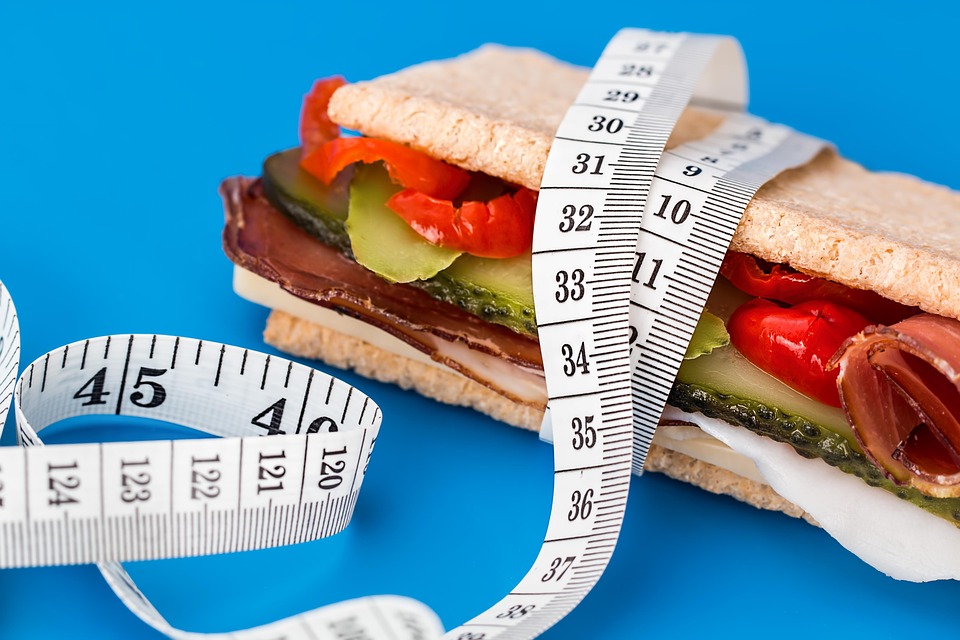If you’re looking to lose weight, one of the most effective strategies is to create a balanced meal plan that works for your body and lifestyle. A well-thought-out meal plan not only helps you achieve your weight loss goals but also ensures you’re getting the essential nutrients your body needs to stay healthy and energized. In this blog post, we’ll walk you through how to create a meal plan specifically designed for weight loss.
1. Understand the Importance of Balance
When it comes to weight loss, the key to success is balance. A well-rounded meal plan should include a mix of lean proteins, healthy fats, whole grains, and plenty of fruits and vegetables. These food groups provide your body with essential vitamins, minerals, fiber, and protein—everything your body needs to function optimally while losing weight.
Why balance matters:
- Protein keeps you full longer and supports muscle growth.
- Healthy fats help maintain energy levels.
- Fiber from whole grains and vegetables helps with digestion and keeps hunger at bay.
2. Determine Your Caloric Needs
The first step in any weight loss plan is understanding how many calories your body needs each day. To lose weight, you must consume fewer calories than your body burns. This creates a calorie deficit, which is the foundation of weight loss. However, it’s important not to restrict calories too drastically, as this can lead to muscle loss or nutritional deficiencies.
How to calculate your caloric needs:
You can use a Total Daily Energy Expenditure (TDEE) calculator to estimate how many calories you need to maintain your current weight. From there, subtract about 500–750 calories to create a sustainable calorie deficit for weight loss.
3. Focus on Whole, Nutrient-Dense Foods
The best way to fuel your body for weight loss is by consuming nutrient-dense, whole foods. These foods are lower in calories but packed with essential nutrients that help you feel full and satisfied.
Here are some examples of nutrient-dense foods:
- Lean Proteins: Chicken breast, turkey, fish, tofu, eggs, and legumes.
- Healthy Fats: Avocados, nuts, seeds, olive oil, and fatty fish like salmon.
- Whole Grains: Quinoa, brown rice, oats, and whole-wheat bread.
- Vegetables and Fruits: Leafy greens (spinach, kale), broccoli, berries, apples, and citrus fruits.
These foods help regulate your blood sugar levels, curb cravings, and provide lasting energy for your workouts and daily activities.
4. Plan Your Meals in Advance
Meal planning is essential for sticking to your weight loss goals. By preparing meals ahead of time, you can avoid reaching for unhealthy snacks or fast food options when hunger strikes. Planning your meals also allows you to portion out your meals properly, ensuring you’re not overeating or undereating.
Tips for meal planning:
- Prep your meals weekly: Set aside a day to cook and portion your meals for the week. This helps you stay on track and avoid temptations.
- Use a meal prep container: Divide your meals into smaller portions and store them in separate containers. This makes it easy to grab-and-go when you’re in a rush.
- Include snacks: Healthy snacks like almonds, Greek yogurt, or veggie sticks can keep you satisfied between meals.
5. Control Portion Sizes
Portion control is critical when creating a meal plan for weight loss. Even if you’re eating healthy foods, consuming large portions can hinder your progress. Using smaller plates, measuring your food, and practicing mindful eating can help you stay aware of how much you’re consuming.
How to control portion sizes:
- Use smaller bowls and plates: This visual trick helps you eat less without feeling deprived.
- Measure your food: Invest in a food scale or measuring cups to accurately portion your meals.
- Listen to your body: Eat slowly and stop when you feel satisfied, not stuffed.
6. Stay Hydrated
Drinking enough water is a simple yet effective strategy for weight loss. Sometimes, thirst is mistaken for hunger, leading to unnecessary snacking. Staying hydrated helps control your appetite and supports your body’s metabolic processes.
Hydration tips:
- Aim for at least 8 cups of water a day.
- Drink a glass of water before meals to help with portion control.
- Infuse your water with fresh fruits like lemon or cucumber for added flavor.
7. Be Consistent, but Flexible
While consistency is key to weight loss, it’s also important to be flexible. Life happens, and there will be times when you can’t stick to your meal plan perfectly. Instead of stressing out, allow yourself some flexibility to enjoy special occasions, but get back on track the next day.
A balanced approach:
- Practice moderation: Enjoy the foods you love in moderation without overindulging.
- Don’t be too hard on yourself: Weight loss is a journey, and setbacks are normal. Stay focused on your long-term goals.
8. Exercise Alongside Your Meal Plan
While a balanced meal plan is a huge part of weight loss, exercise plays a significant role in achieving your goals faster. Incorporating both cardiovascular and strength training exercises into your routine helps you burn calories, build muscle, and improve your overall health.
Exercise recommendations:
- Aim for at least 150 minutes of moderate-intensity exercise per week.
- Include strength training exercises 2–3 times per week to build muscle and boost metabolism.
Conclusion
Creating a balanced meal plan for weight loss is not about restrictive dieting—it’s about finding a healthy, sustainable approach that nourishes your body while helping you achieve your weight loss goals. By focusing on nutrient-dense foods, controlling portions, staying hydrated, and remaining consistent, you’ll be on the right path to a healthier, happier you.
Remember, weight loss is a marathon, not a sprint. Take it one meal at a time and be patient with yourself as you make lasting changes to your lifestyle.


